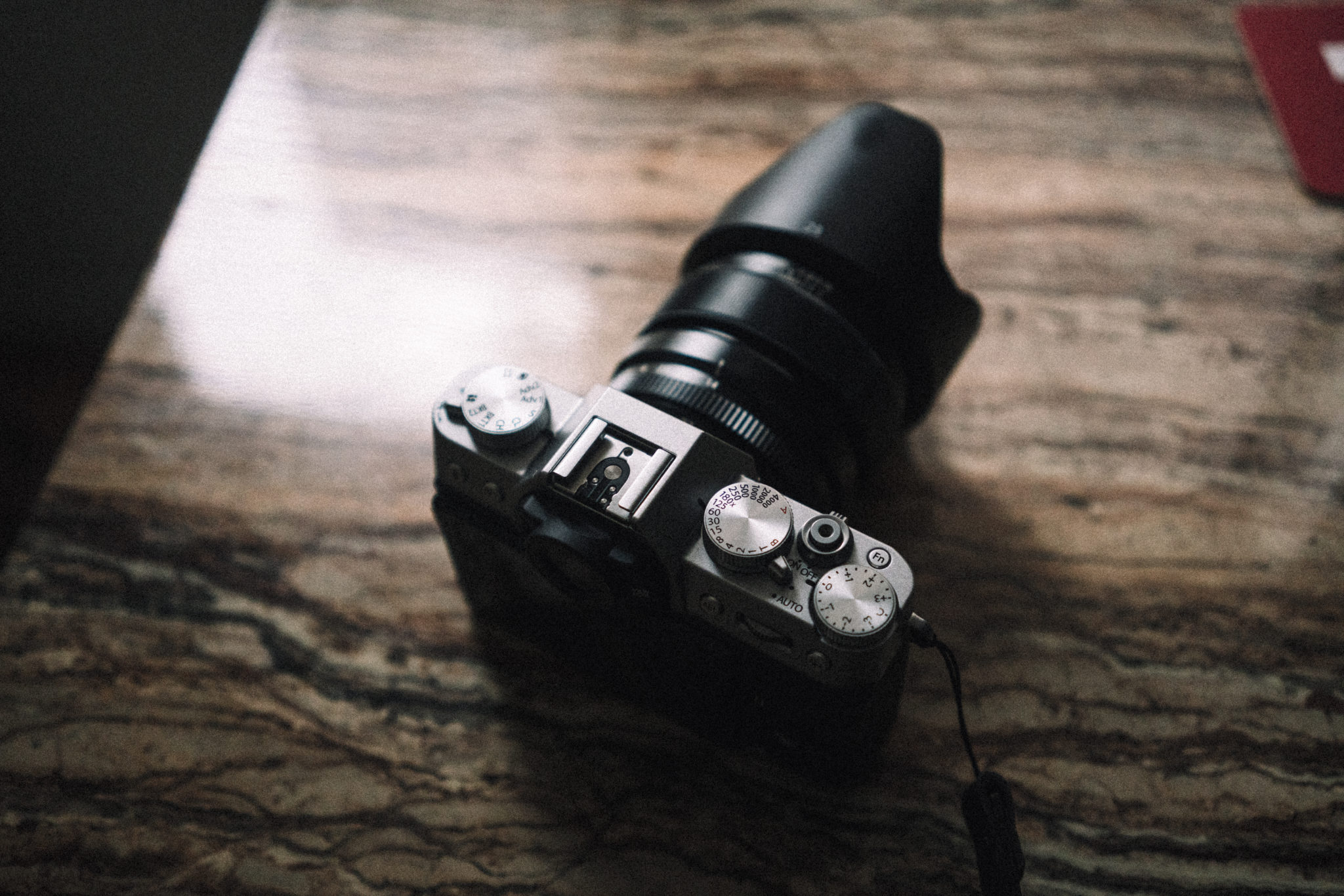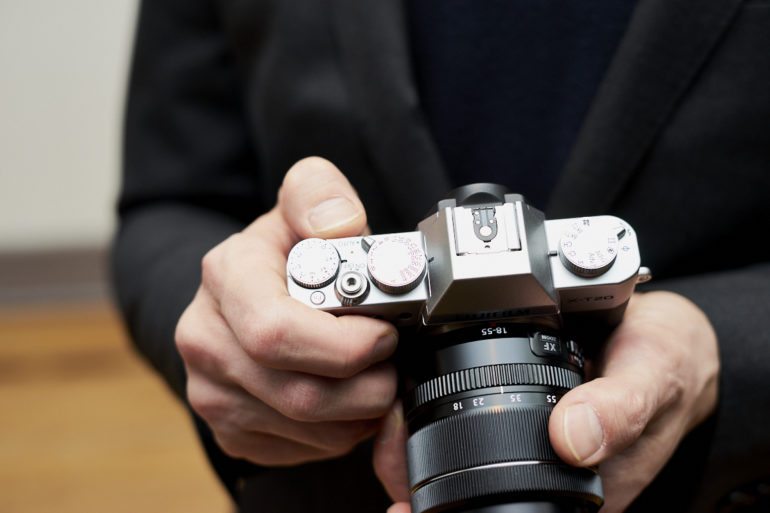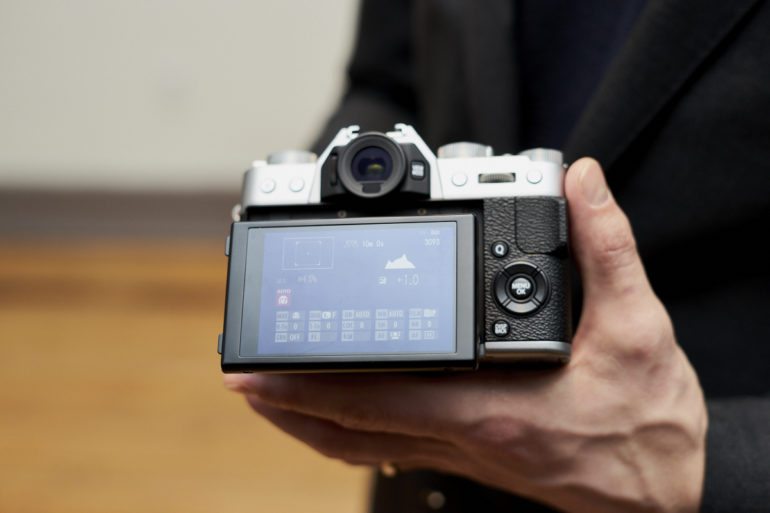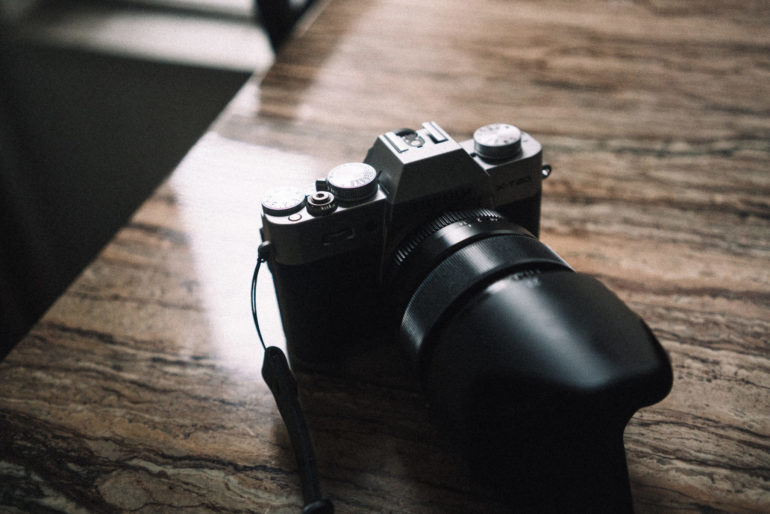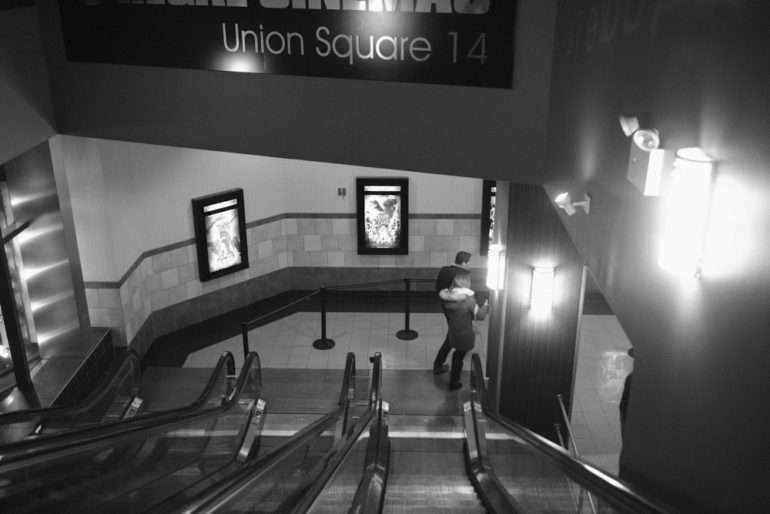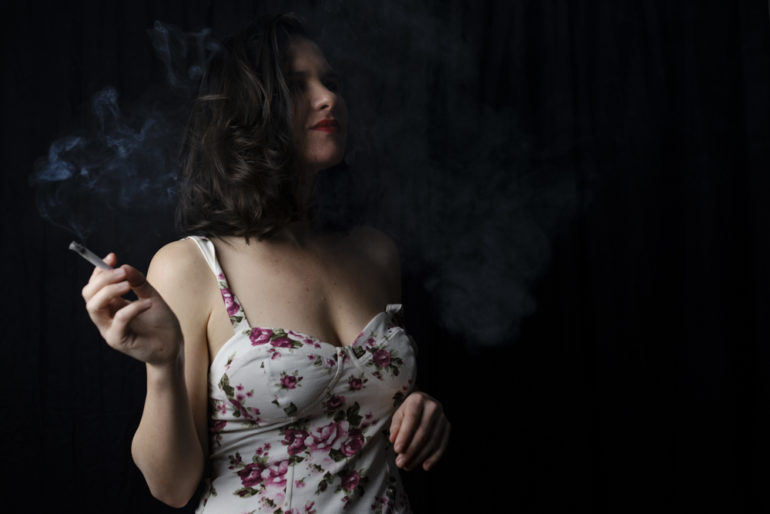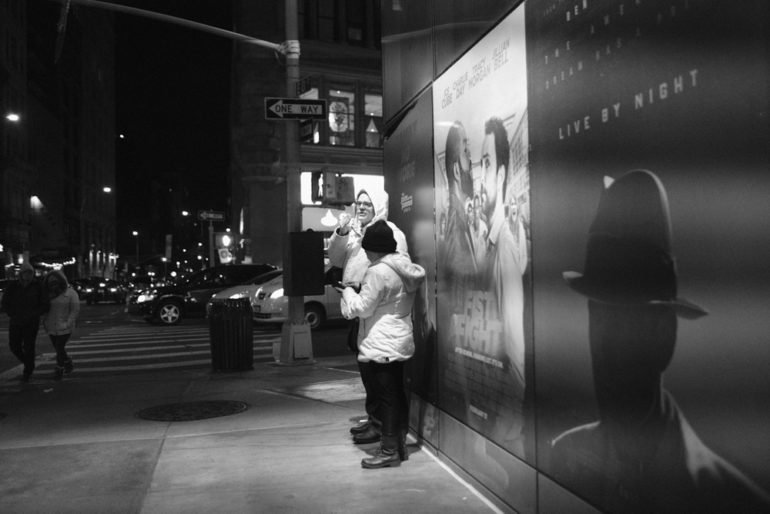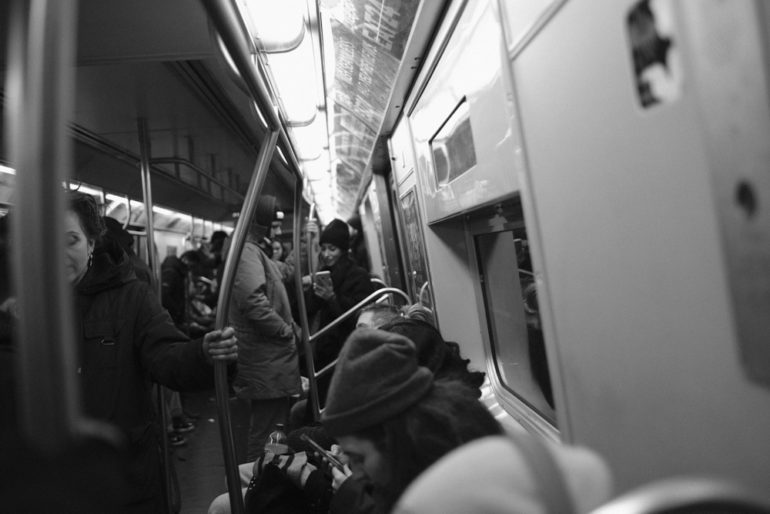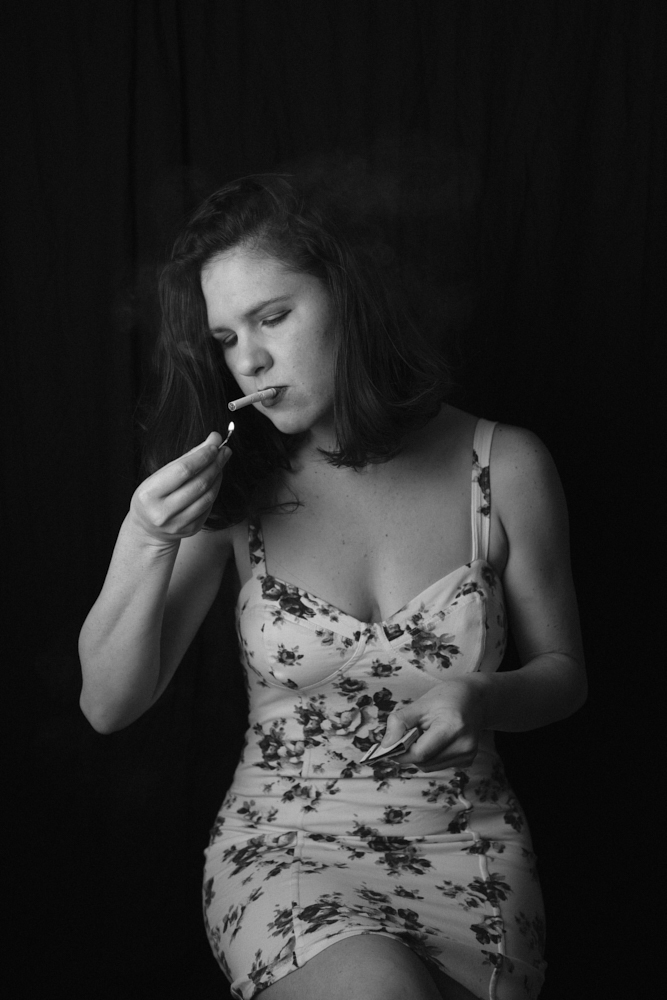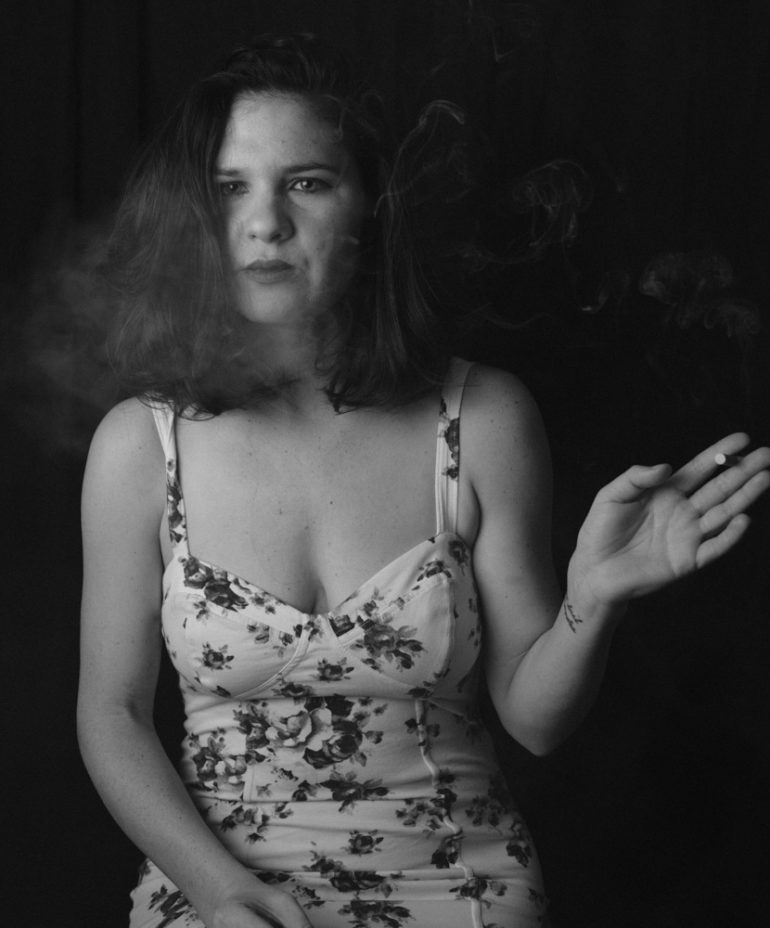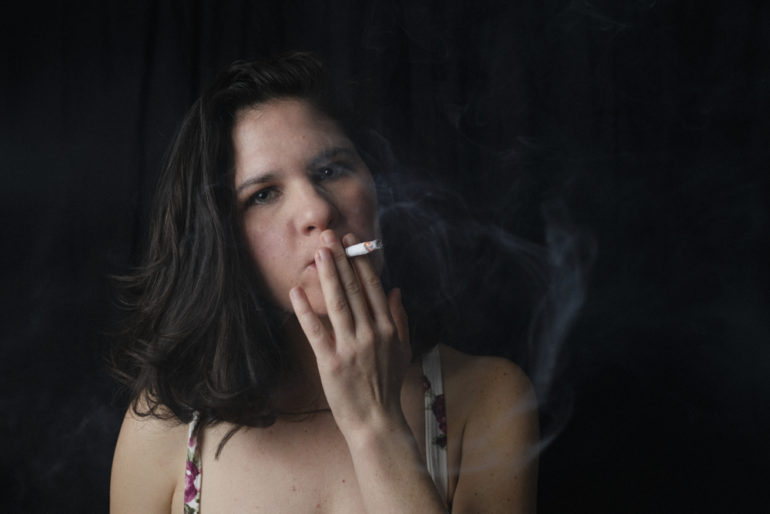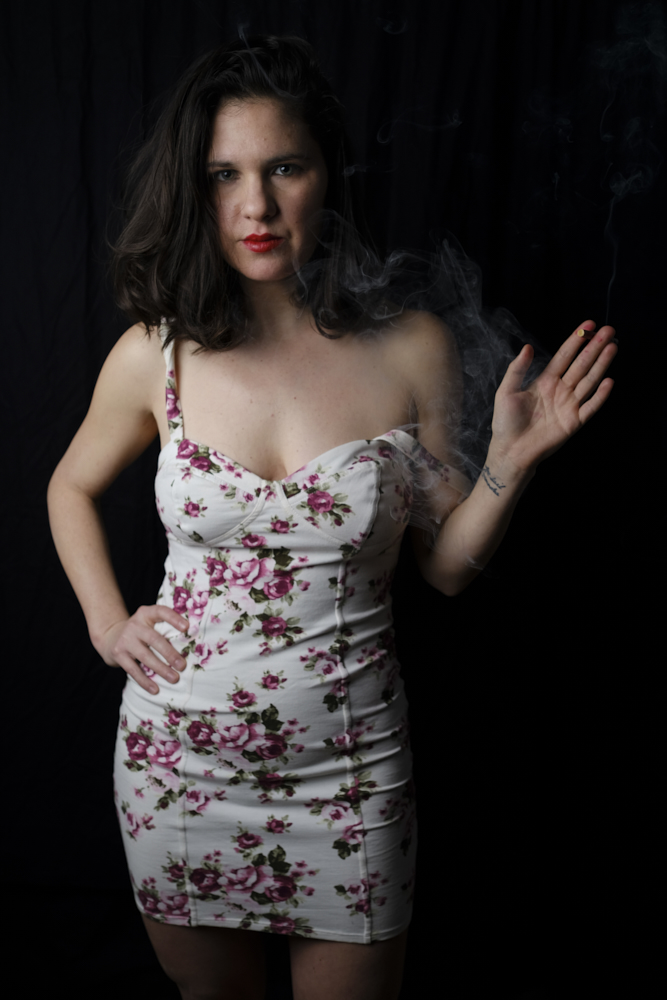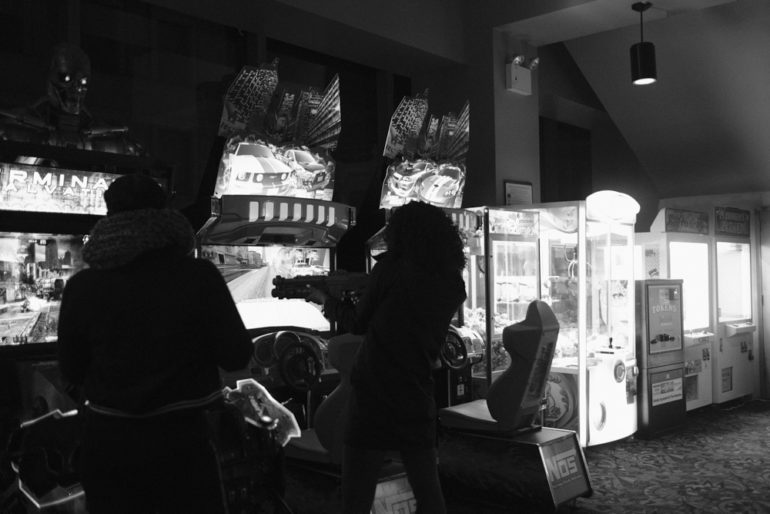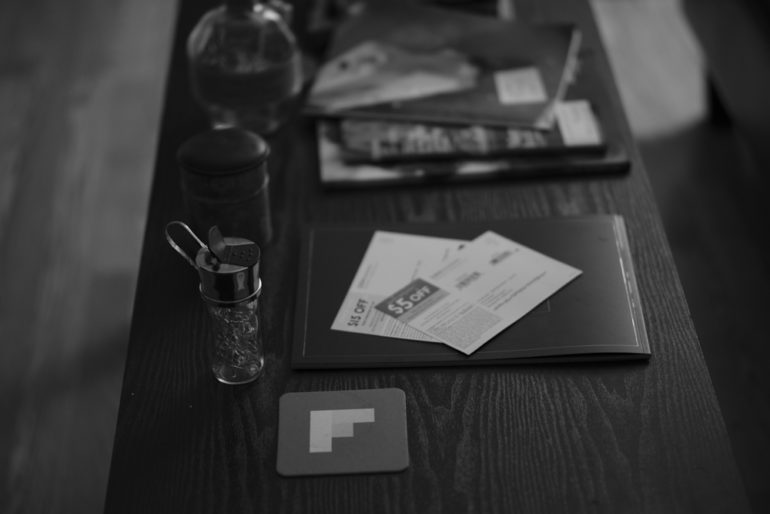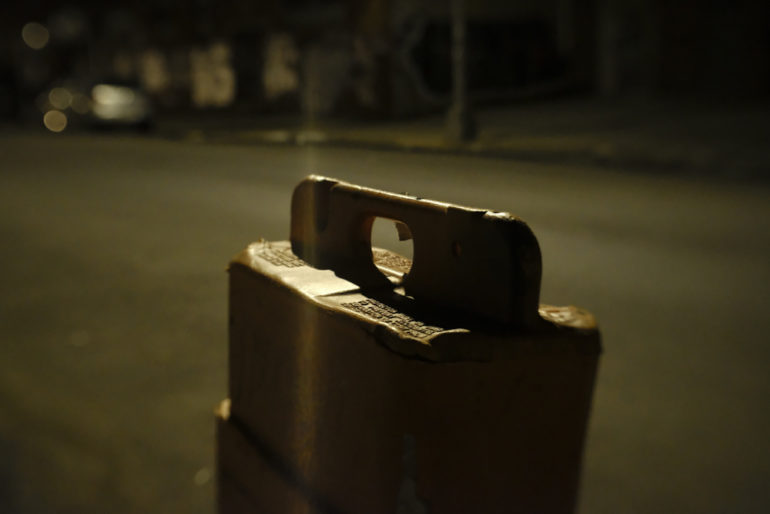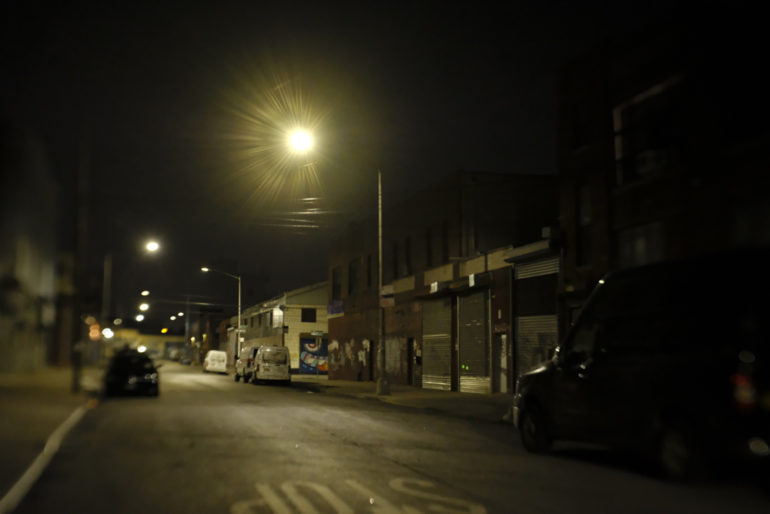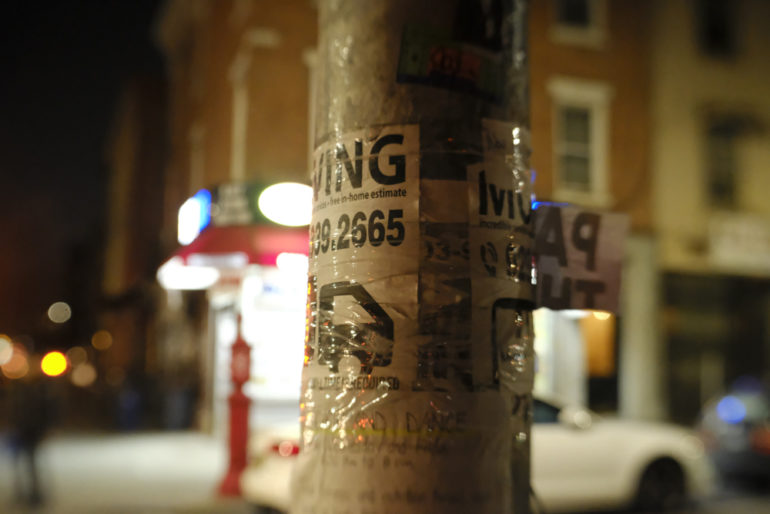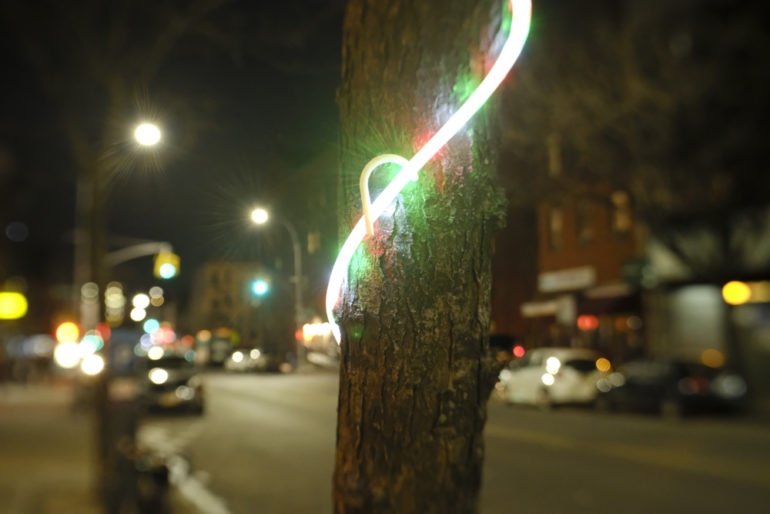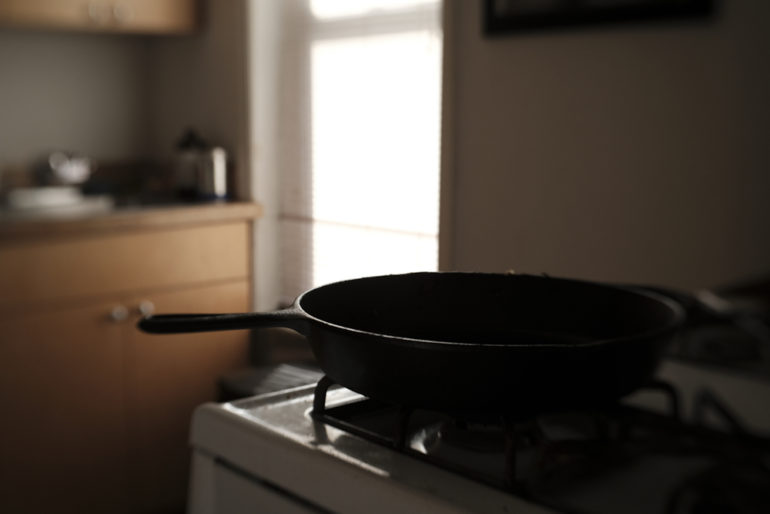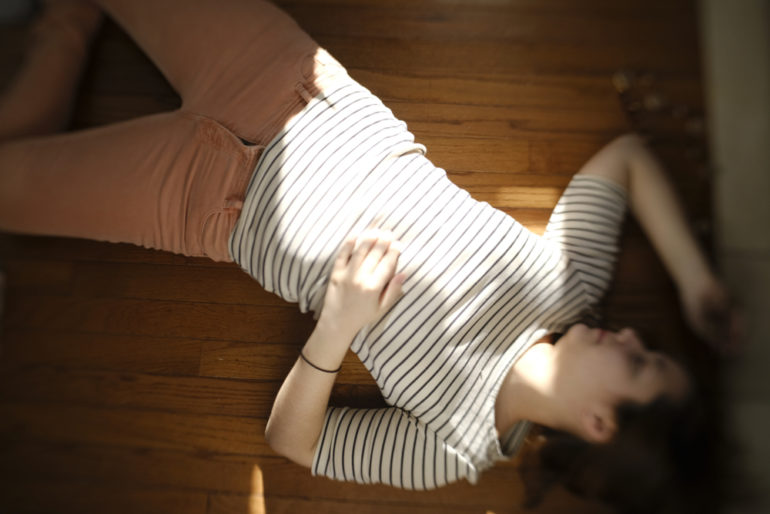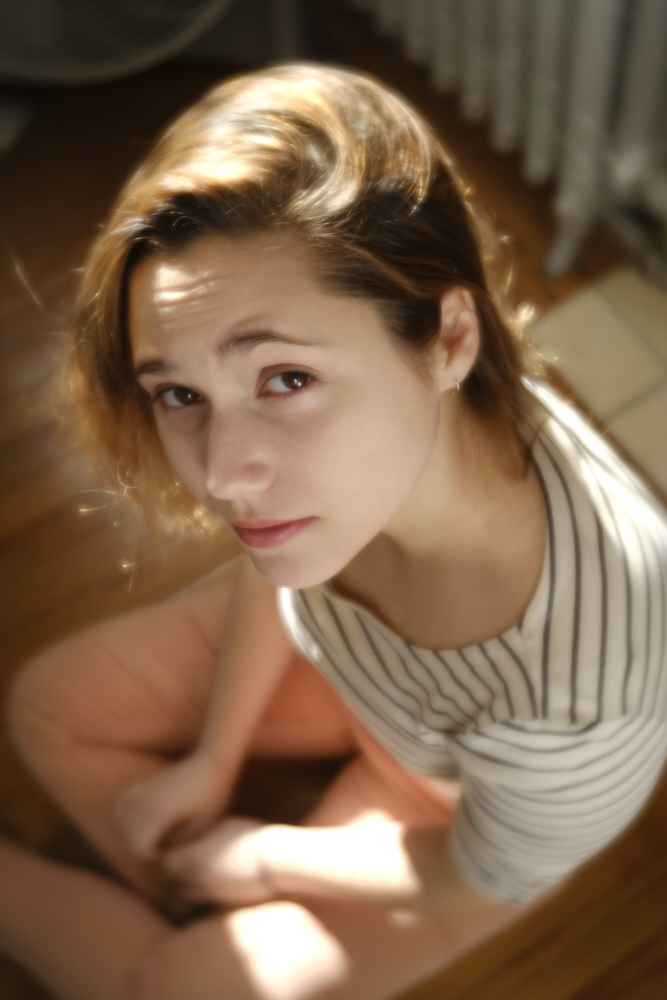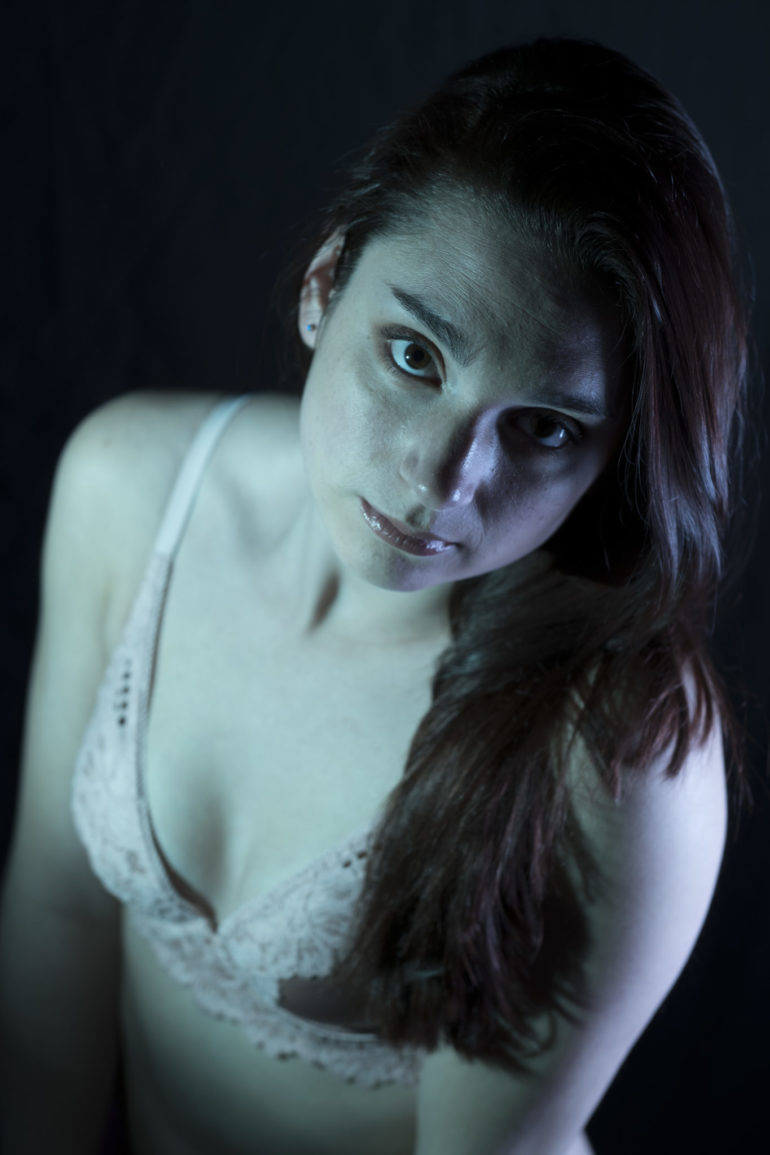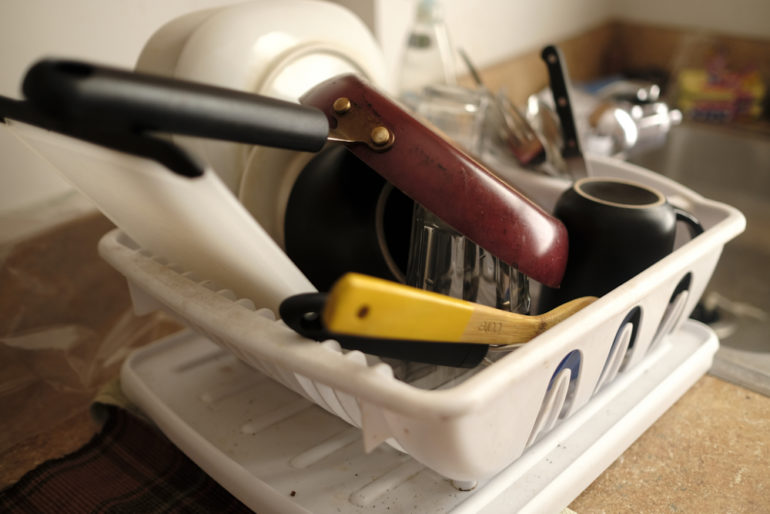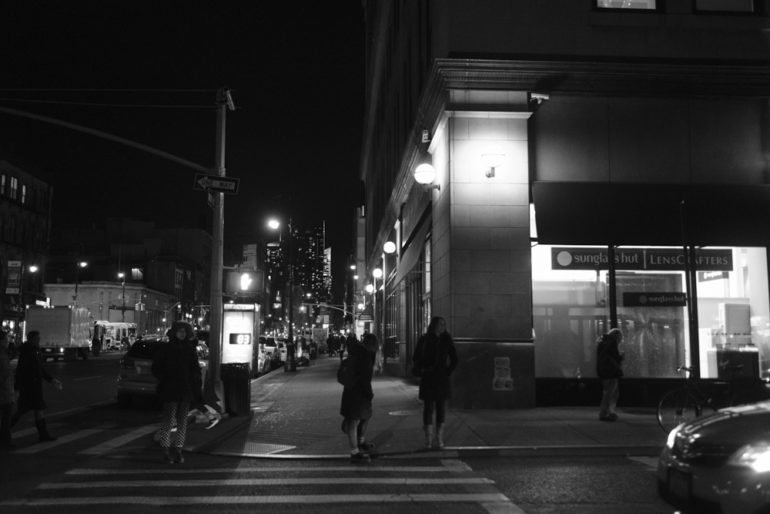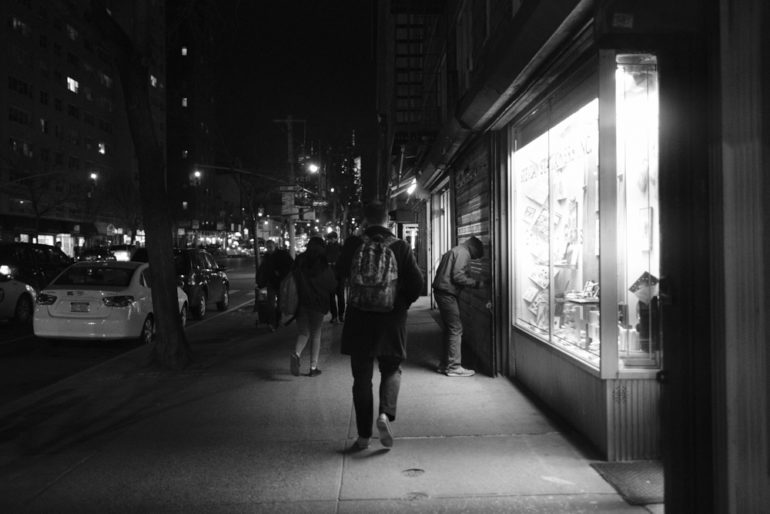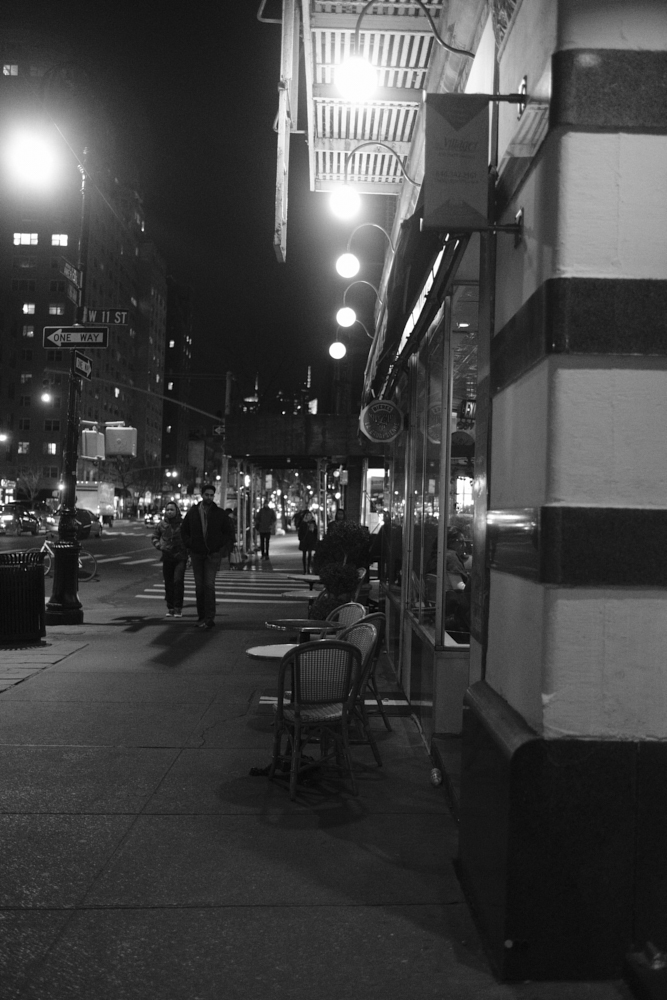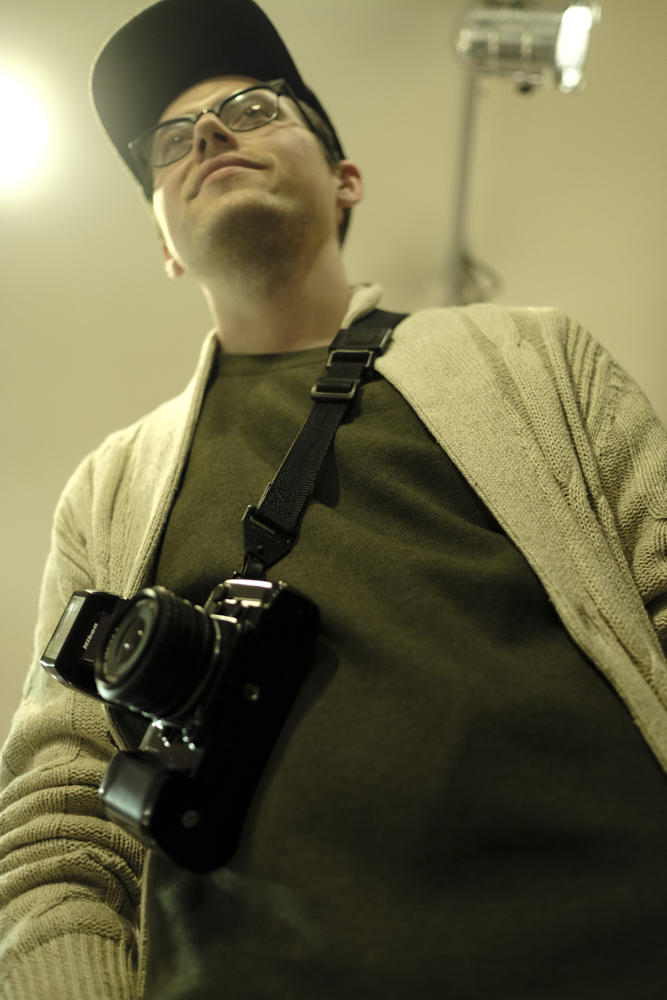Last Updated on 02/03/2020 by Brett Day
If you were to choose the most bang for your buck camera on the market right now, I’d have a very tough time making a call between the Fujifilm X-T20 and the Sony a650, but I’d lean more towards the Fujifilm offering. With fast autofocus and a selection of some absolutely incredible weather sealed prime lens offerings, in addition to image stabilized lenses, there isn’t much of a reason to dislike the Fujifilm X-T20. Beyond its very Contax film SLR ergonomics, it sports the same sensor as the flagship Fujifilm X-T2 and Fujifilm X Pro 2. Despite lacking the more direct controls of those cameras, it’s still more than good enough for most enthusiast photographers.
And for the videographer that wants some of the closest things available on the market to film emulsions, you’re probably not beating what this camera offers.
Pros and Cons
Pros
- Great image quality, though not as much detail as the flagships at ISO 12,800
- Nice feeling in the hand
- Very fast autofocus even with older lenses
- Controls feel nice
- Menu system is still pretty simple to work with
- An overall fun and compact camera
Cons
- This camera really feels like it needs weather sealing or perhaps more support for video via ports on the camera.
- Battery life drains seriously fast.
Gear Used
The Fujifilm X-T20 was tested with the Rokinon 50mm f1.2, Lensbaby Trio, Fujifilm 35mm f1.4, Fujifilm 23mm f1.4, and the Adorama Flashpoint Zoom Lion flash setup.
Video Overview
Tech Specs
- 24.3MP APS-C X-Trans CMOS III sensor
- 3.0 inch 1.04M-dot tilting TFT color LCD touchscreen monitor
- 0.39 inch 2,360K-dot OLED color viewfinder
- Live View Display to preview pictures where you can
- New ACROS Film Simulation mode
- AF-C Custom Settings with five AF-C presets
- 4K video can be recorded at [3840 x 2160] 29.97p, 25p, 24p, 23.98P, 100Mbps
- Full HD video can be recorded at 59.94 fps, 50 fps, 29.97 fps, 25 fps, 24 fps and 23.98 fps
- Touch AF in video mode
Ergonomics
Taken from our first impressions post
Fujifilm’s X-T20 looks like a serious camera–and if you didn’t know any better you’d honestly think it’s the X-T2. But indeed it isn’t. The front for the most part looks the same.
The top of the camera has some of the same dials as the predecessor. You’ve got the exposure compensation, shutter speeds, and number of various modes on the top right.
Turn to the back of the camera and what you’ll find here is the tilting screen in addition to a number of controls. Surely, most photographers will peer through the viewfinder to compose and shoot.
The screen tilts up and down–this is really like the Sony style that’s been around for a while now.
Turn to the side and you’ll find a number of ports. Keep the flap closed so you can keep them protected!
Build Quality
In the hands, the Fujifilm X-T20 feels really nice. Just imagine most old school film cameras with a bit of modernization and you’ll get the understanding of how this camera feels. Of course though, it isn’t weather sealed but it honestly feels like it should be or there should be more additions implemented for video like extra ports for a headphone jack or microphone jack.
But if you’re a Fujifilm user, everything you love about the company’s obsession with dials is all there. drool
Ease of Use
If you’ve used the newer breed of Fujifilm cameras, you’ll know that the menus have changed. They’re a bit more complicated in that they pack more information and capabilities into each area but they’re still presented in such a way that they make sense.
If you’re not a fan of Sony’s menu system, this will be a nice surprise.
The big but here: of any Fujifilm camera I’ve used, this camera drains the battery life the fastest.
Metering
This camera seems to be following standard Sunny 16 metering pretty well except that I generally wanted to overexpose just a tad in the same way that I would with negative film. What do I mean by that? When you shoot ISO 400 film, you get the best results when you shoot it at ISO 200 and develop for ISO 320. In this case, I wanted to overexpose by around 2/3rds of a stop.
So from a film shooter’s perspective, it makes sense. But when it comes to working with the shadows, a part of me feels like I need to be shooting this almost like chrome film. So I’m sort of confused here.
Autofocus
Fujifilm autofocus system is as solid as it’s probably ever going to be when it comes to single focusing point shooting. I feel the Fujifilm X Pro 2 outperforms the X-T2, and the X-T20 is right up there with the Fujifilm X Pro 2. It focuses very quickly and accurately a majority of the time. Make the focusing point smaller, and it will become more finely tuned. But for street photography, I was genuinely surprised to know that I got a higher keeper rate than I thought I would when using autofocus.
At the moment though, I still need to say nothing can beat zone focusing, but this is almost getting into Olympus speeds of autofocus performance, and I genuinely feel it outperforms the Sony a6500 when it comes to single focus performance. But if you’re using tracking, that’s where things become iffy and where Olympus still has the crown.
Image Quality
Fujifilm’s image quality has always been great and unique amongst all camera manufacturers. But as I’ve gotten back into shooting more and more film, I don’t really believe the film emulsion offerings truly look like film but instead more like an offering the photographer may want. That’s just my own opinion though.
As far as actual image quality goes, this camera is fantastic and I’ve seriously got very little when it comes to complaints except I feel like I’ve been able to get more from the dynamic range in terms of working with the highlights before. I also feel like I’ve been able to get more depth out of the colors.
To be fair, I’ve only edited the RAW files in Lightroom; Capture One is usually much better at this.
JPEG Quality
Fujifilm’s JPEG quality in my eyes has always been the best of any camera manufacturer. I feel like the best image quality comes out when using the Acros, Astia, or Pro Negative standard image quality. The Grain effect is something I’m seriously not a fan of because it looks so incredibly digital.
RAW File Versatility
Above is my edit and below is the original file.
As you can see, I was able to get a fair amount extra from the color as I was exposing for the shadows. I was also able to create a pretty fair looking image but I feel like I’ve been able to get more from Fujifilm’s highlights before. Here, I feel like they’re lacking.
High ISO Output

There are zero complaints about major issues with high ISO output noise. It’s damned clean output; but you’re surely losing details after ISO 6400.
Extra Image Samples
Conclusions
Likes
- Ergonomics
- Image Quality
- Autofocus speed
- Value
Dislikes
- I feel like I want more from my RAW files and that I’ve gotten more from Fujifilm before
- Battery life
The Fujifilm X-T20 is quite honestly a fantastic camera. It’s small, lightweight, can perform very well, has fast autofocus and really nice image quality, and overall can deliver quite a lot of great images in the hands of the right photographer. But at the same time, there are things holding it back, like the battery life being drained too fast and the fact that I genuinely feel like I’ve been able to get more from the Fujifilm RAW files and the highlights in the past.
Still though, this isn’t a bad camera at all; it’s just that sometimes working with the metering may be tough and you should always ensure you charge the batteries.
The Fujifilm X-T20 receives five out of five stars. Just charge the batteries and be careful with your metering for the highlights. Want one? Check out Amazon for the latest prices.


